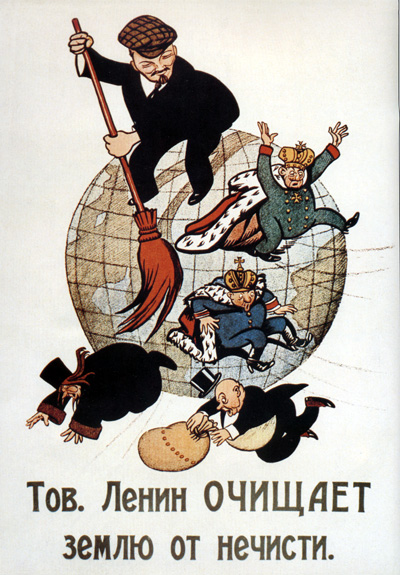this post was submitted on 15 Mar 2022
0 points (NaN% liked)
History
23094 readers
2 users here now
Welcome to c/history! History is written by the posters.
c/history is a comm for discussion about history so feel free to talk and post about articles, books, videos, events or historical figures you find interesting
Please read the Hexbear Code of Conduct and remember...we're all comrades here.
Do not post reactionary or imperialist takes (criticism is fine, but don't pull nonsense from whatever chud author is out there).
When sharing historical facts, remember to provide credible souces or citations.
Historical Disinformation will be removed

founded 4 years ago
MODERATORS
you are viewing a single comment's thread
view the rest of the comments
view the rest of the comments
“Some omissions are more egregious than others, but even small ones reveal something other than fact-based history propelling this project. For instance, Graeber and Wengrow revive Maria Gimbutas’ much-debated and largely refuted (at least within archaeological circles) idea of a prehistoric mother goddess cult idea for Çatalhöyük. Focusing on three striking figurines categorized as female (although two might be debatable), they conclude that in the absence of any male parallels such figurines might indeed be “matriarchs” after all, or at least expressions of female status or “ritual priority.” This interpretation, at least in its more tempered version, appears to draw from our interpretation of these figures as likely female, and expressive of a certain status related to the accumulation of age, experience, and success. However, it conveniently ignores the majority of our research on the bulk of Çatalhöyük figurines that are tiny clay animals and horns, as well as our qualifying (and frequently repeated) remark that we should not assume that Neolithic human figurines obeyed a rigid female/male binary, or that sex-based categories held the same meanings or importance as they do in many contemporary cultures.”
I think it is interesting how we try to guess if women or men had more power based on the ratio of figures.